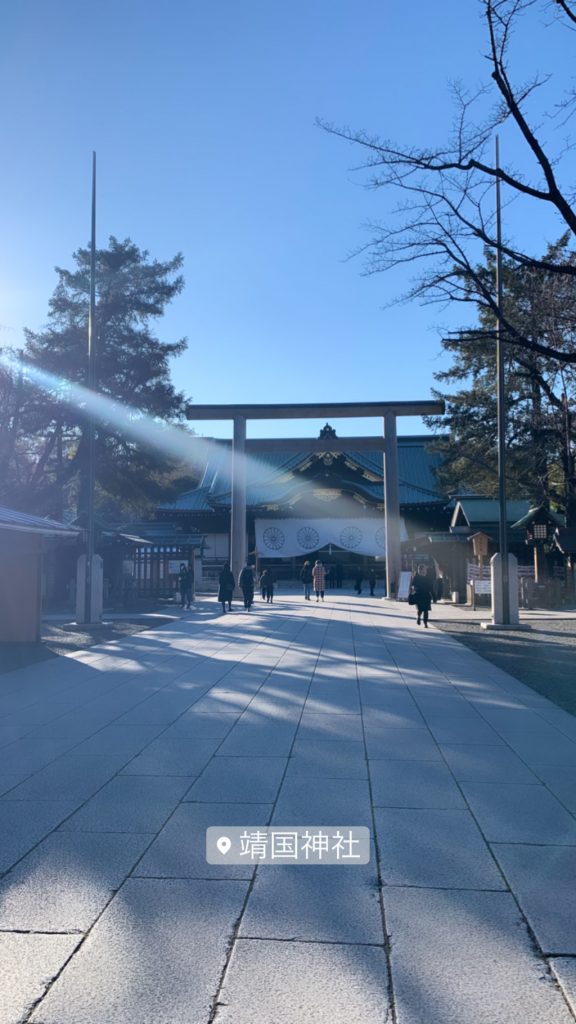A closer look into: New Year in Japan
7 January 2020Konnichiwa!
I would first like to introduce myself, since I have been in my year abroad since September of last year, but since it took me all my strength and time to get used to life in the mysterious country that is Japan and its strict courseworks I have barely had time to breathe these past few months.
However, since the year is starting and I don’t want to give up on this amazing opportunity to share my experiences on this quick but challenging year abroad, I have decided to finally become a part of this amazing movement! So prepare yourselves, because on this first post I will be explaining how Japanese welcome the New Year based on what I have learned !

On the very first day of the new year the Japanese will wake up as early as 5am to pay a visit to a shrine or temple. This custom comes from Shinto beliefs and it is called hatsumode, where one will pray for health, protection and success for the year coming. It is customary that one must line up and then throw a 5 yen coin as an offering to the kami (how it is referred to the gods according to Shinto), then clap twice, bow twice, clap twice again, and then make your prayer (usually with your eyes closed).
Once you approach to enter the shrine or temple, you will see a tall arch, sometimes in bright red colour, similar to the one seen on the picture above. This marks the division of the human world and the world of the kami, thus one must bow before entering. And when you make your way out, right after you pass the very same arch, you must turn around, so that you are facing the temple or shrine, and bow again, and then you can turn around and continue your way. This is to pay respect to all the deities.
As you have seen, there are many actions that one must perform when visiting a shrine or temple in Japan, and most foreigners are not really aware of them or might do them wrongly. To be honest, I was quite hesitant to visit one for these very same reasons, but you should not worry, since Japanese people do not judge foreigners for making mistakes as they know some of us do not share the same religion. Some Japanese were very surprised when they saw me praying in the correct form and even went out of their way to let me know, which made me very happy. So don’t be scared to try if you have the opportunity to do so !
I will talk more about the protocol of visiting a shrine and its important and cultural aspects on a later post, so keep an eye out for updates !
Until the next one!
- January 2026
- December 2025
- November 2025
- October 2025
- September 2025
- August 2025
- June 2025
- May 2025
- April 2025
- March 2025
- February 2025
- January 2025
- November 2024
- September 2024
- August 2021
- March 2021
- January 2021
- December 2020
- October 2020
- April 2020
- March 2020
- February 2020
- January 2020
- December 2019
- November 2019
- October 2019
- September 2019
- August 2019
- July 2019
- May 2019
- March 2019
- February 2019
- January 2019
- December 2018
- September 2018
- August 2018
- July 2018
- June 2018
- May 2018
- April 2018
- March 2018
- February 2018
- January 2018
- December 2017
- November 2017
- October 2017
- September 2017
- August 2017
- July 2017
- June 2017
- May 2017
- April 2017
- March 2017
- February 2017
- January 2017
- December 2016
- November 2016
- October 2016
- September 2016
- August 2016
- July 2016
- February 2016
- October 2015
- September 2015
- August 2015
- May 2015
- March 2015
- February 2015
- January 2015
- December 2014
- November 2014
- September 2014
- August 2014
- July 2014